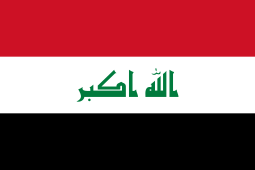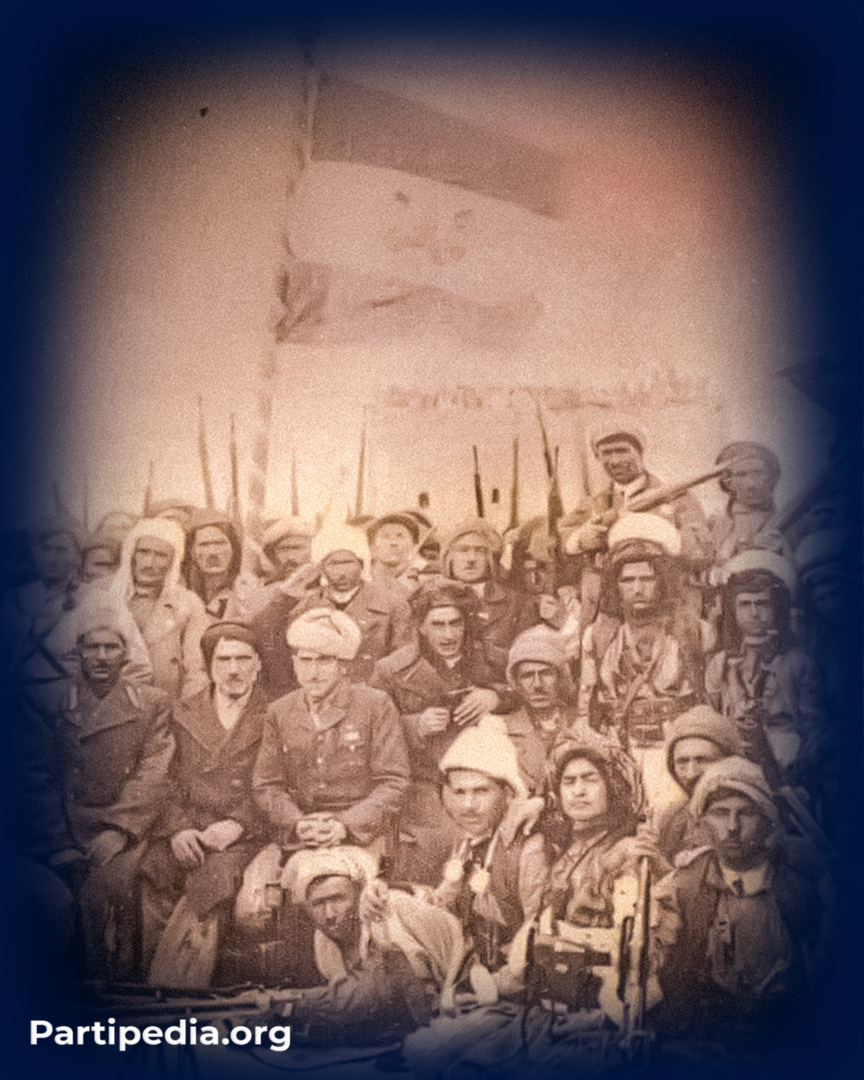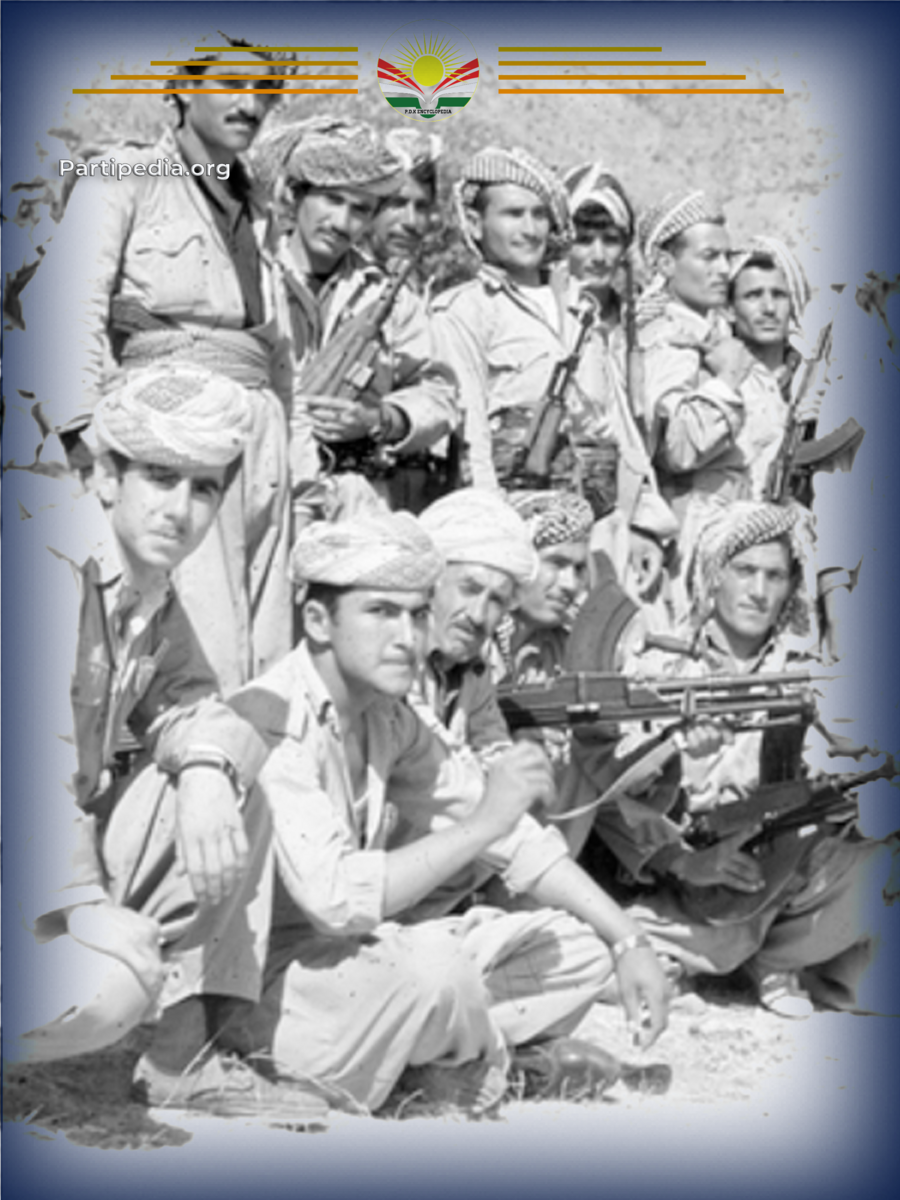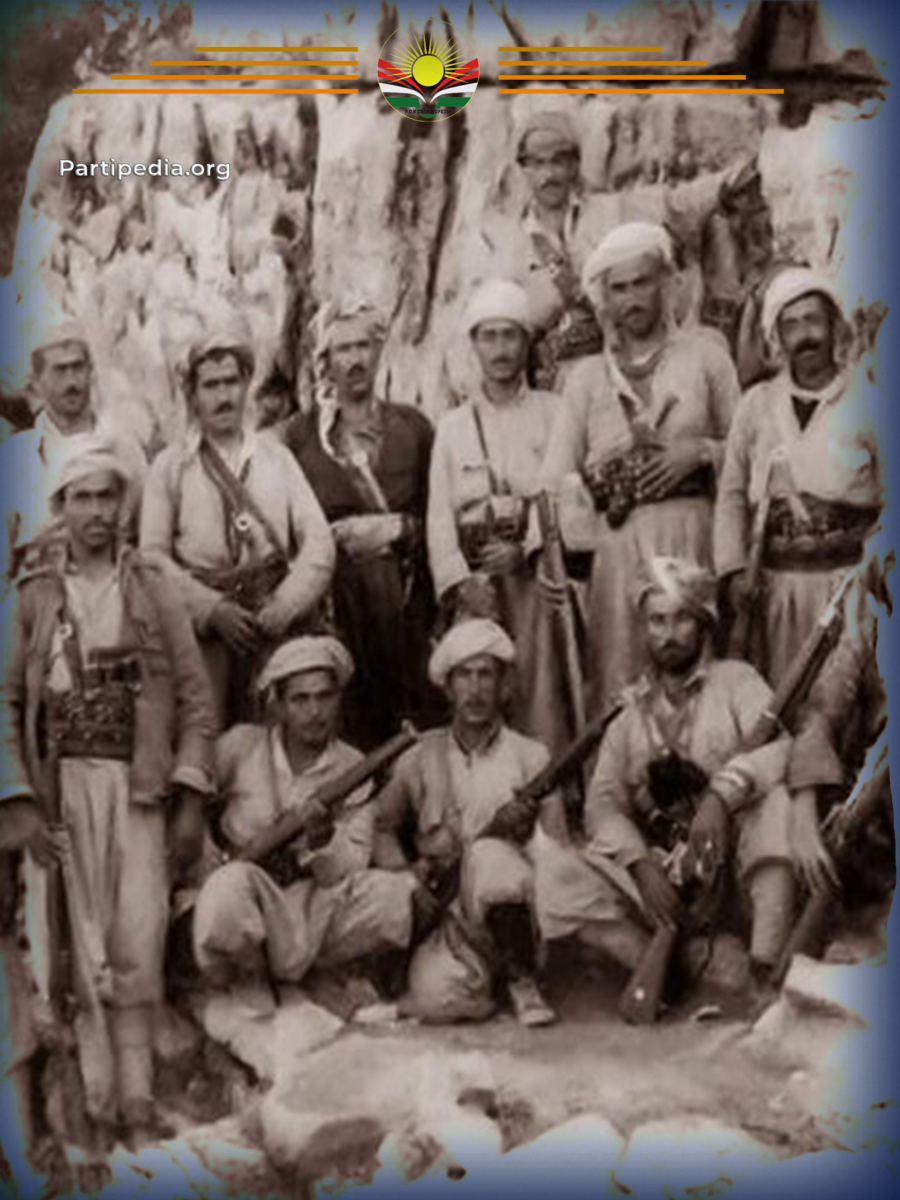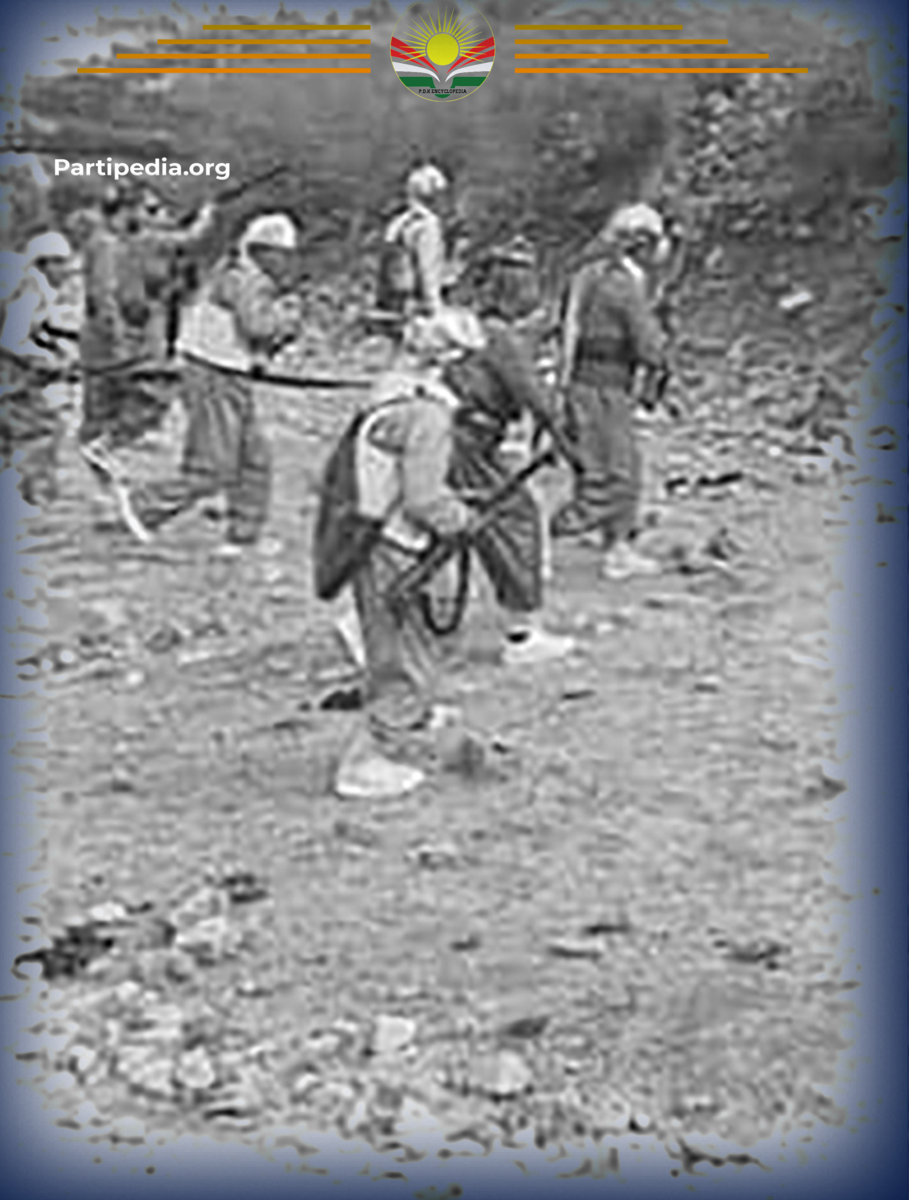After the collapse of the Republic, Barzani's forces entered a new phase of fighting against the Iranian army and pro-government tribes as they retreated into Iraqi territory. Several of these battles proved to be devastating blows to the Iranian military and their supporters. One of the significant confrontations between Barzani's forces and the Iranian army was The Battle of Sufian. Following their victory at the Battle of Nalos, the Barzanis learned that Iranian army units had been stationed in the village of Sufian, located just 10 kilometers south of Nalos. This prompted the Barzanis to target the area. At 7:00 am on March 17, 1947, Barzani's forces launched an attack on the Iranian troops in Sufian, a village previously controlled by the Mamsh and Mangur tribes, who had since fled. After 12 hours of intense fighting, the Barzanis succeeded in capturing the heights of the area, employing artillery and heavy weapons to overwhelm the Iranian forces. Despite their victory, eight Barzani fighters were killed, and 12 others were wounded. On the Iranian side, an officer named Reza Qarabagh and a soldier were killed, while 11 others were taken hostage by the Barzanis.
In response to the defeat in Sufian, the Iranian army launched a counterattack, deploying the Lorestan cavalry, two artillery units, and fighter jets. However, the attack occurred under unfavorable weather conditions, which limited the Iranian forces' effectiveness. The Barzanis were eventually forced to retreat. Despite this, we must dismiss the claims of the Iranian mercenary journalist Psiani, who sought to spread propaganda by portraying the Barzanis as defeated in The Battle of Sufian. Psiani, a journalist permitted by the Iranian authorities to cover the events, frequently presented Iranian forces as victorious and the Barzanis as failures. His portrayal of The Battle of Sufian is a clear example of this bias. While Psiani reported the deaths of 16 Barzani Peshmergas and 20 wounded, he inaccurately described the battle's outcome. In reality, the victory of the Barzanis can be attributed to the challenging weather conditions, which prevented the Iranian army from effectively mobilizing. This severe weather was a decisive factor in the Barzanis' success.
Furthermore, Psiani's claims about the use of air support by the Iranian army are equally misleading. The aircraft available to the Iranian Air Force at the time were not advanced enough to navigate the poor weather and accurately target their enemies in such a rugged terrain. No other credible Iranian sources, including the Iranian army's own records from the Pahlavi era, corroborate Psiani’s account. In fact, the book *Fifty Years of the Iranian Imperial Army* makes no mention of air support during The Battle of Sufian and attributes the defeat of Lieutenant Qarabagh's forces to the challenging climate. Thus, Psiani’s reports are largely seen as an attempt to rewrite history in favor of the Iranian military, while the reality of the Barzanis’ resilience and tactical advantage in difficult conditions remains clear.
Source:
1.kdp Encyclopedia Archive.

